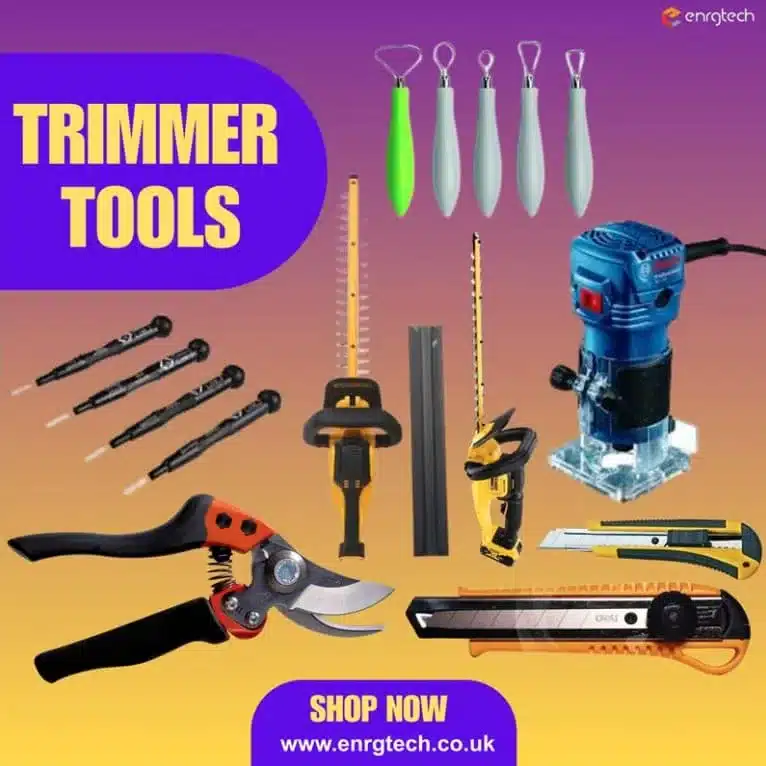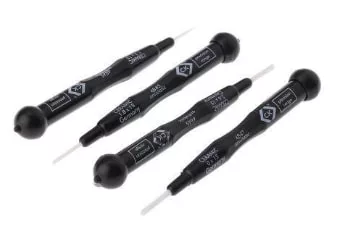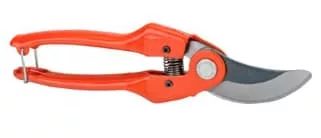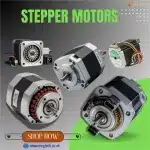
Introduction
When you hear the term “trimmer tools”, you might picture simple devices. However, these tools come in several variants, each a powerful, ergonomic machine designed to tackle various tasks. Understanding and choosing the right trimmer tool means matching its power source, design features, and cutting ability. Moreover, this detailed guide provides an in-depth look at what defines a trimmer tool, its significance, the complete range of options available, and how to find the right one for your needs.
Understanding Trimmer Tools: Definition & Core Functions
Trimmer tools, often simply called trimmers, are a collection of handheld or power-driven devices designed to shape, trim, and fine-tune materials with precision. Unlike full-size cutters or saws, trimmers focus on accuracy, making them ideal for delicate or finishing tasks. In addition, depending on the tool type, a trimmer tool can cut wires, strip cables, trim edges, shave material, or shape components with minimal effort and maximum control. Trimmers come in various designs; each tailored for specific applications. Trimmer tools use sharp blades powered either manually or by an electric motor. Furthermore, they have gained popularity for their speed, clean finish, ease of use, and refined cuts that other traditional tools often can’t match.
The Significance of Trimmer Tools: Why Do They Matter?
Trimmer tools are of significant importance because they can transform rough, unmanaged material into a polished, controlled outcome. They improve workflow by reducing manual effort, speeding up processes, and ensuring uniformity in every project. From woodworking, metalworking, gardening, electronics, or grooming applications, these tools help users refine edges, remove excess material, and create clean, accurate finishes. Additionally, trimmers matter because they deliver precision, efficiency, and versatility in both everyday tasks and specialised projects.
The Main Categories of Trimmer Tools
Trimmer tools are classified into various categories that include several tools, each tailored to specific needs. Some of the major categories include:
- Wire and Cable Trimmers
These trimmers are precision tools designed to trim, cut, strip, and shape copper or aluminium wires. However, they are used in electrical and electronic projects to strip insulation and prepare electrical wires without damaging the internal conductors. Examples include diagonal cutter pliers, wire cutters, and heavy-duty cable cutters.
- Electronic Component Trimmers
These are fine-control tools used in electronics repair and assembly. They are built to shape small electronic parts like leads, resistors, and capacitors. Examples include trimmer potentiometers and trimmer capacitors.
- Rotary Trimmers
Rotary trimmers use rotating blades to cut or shave thin layers of material. These are common in crafting, plastic trimming, and model-making. They offer better control and reduced tearing, delivering smooth, straight cuts.
- Garden & Hedge Trimmers
Also called grass or hedge trimmers, these are outdoor tools that help maintain outdoor spaces. They are available in manual, electric, and gas-powered models designed to trim bushes, hedges, and shrubs. Garden and hedge trimmers provide clean, fast cutting for maintaining gardens, parks, and other outdoor spaces.
- Woodworking Trimmers
Also known as laminate trimmers, these are mini routers used for detailed wood shaping. They are compact routers used to shape, edge, and finish wood surfaces. Wood trimmers use high-speed rotating bits to shape the edges of wood and create decorative profiles.
- Brush Cutters (Heavy-Duty Trimmers)
Brush cutters are essentially heavy-duty string trimmers, often considered a separate class due to their power. Moreover, they are designed to clear very dense vegetation, thick weeds, saplings, and small bushes. Examples include electric and gas-powered brush cutters.
- Paper Cutters
Paper cutters are tools designed to cut a large number of sheets of paper simultaneously. The classic design is the guillotine cutter, which has a long, sharp blade hinged at one end that swings down onto a cutting bed. They can handle greater thickness than most trimmers but require careful handling due to the exposed blade.
Electric vs. Manual Trimmer Tools: Finding the Difference
They are the two main types, differing primarily in power, precision, and ease of use. Electric trimmers, whether corded or battery-powered, utilise an electric motor to automate the cutting motion for heavy-duty jobs. They offer significant speed and efficiency for larger areas or tougher materials. In contrast, manual trimmers rely entirely on muscle power and the user’s effort. They are lightweight, highly portable, affordable, and exceptionally precise. Manual trimmers don’t require a power source, are quieter, and require minimal maintenance, making them ideal for detailed work, smaller jobs, or shaping.
Key Features to Consider When Buying a Trimmer Tool
When selecting a specific trimmer tool, look for the following features:
- Application Type
- Tool Type
- Blade Material
- Precision & Durability
- Power Source
- Handle Comfort, Grip & Noise
- Cutting Capacity
- Attachments
- Cost and Brand.
What are the Popular Trimmer Tool Brands?
Several well-known brands dominate the trimmer tool market. Many professionals and hobbyists rely on a handful of trusted brands when selecting a trimmer tool. The most reliable and popular brands include established names like DeWALT, Fluke, Philips, Makita, Black + Decker, and STIHL. These brands dominate the market, thanks to their broad accessory kits, durability, affordability, and extended tool performance. Ultimately, the “best” brand often depends on the specific type of trimmer tool the user is seeking.
Final Thoughts
Trimmer tools are essential instruments across both professional and personal settings. Whether you’re cutting wires, shaping wood, trimming hedges, or working on DIY projects, choosing the right trimmer tool can significantly improve accuracy and productivity. With various types available from reputable brands—from cable trimmers to hedge trimmers—there’s a suitable tool for every application.























